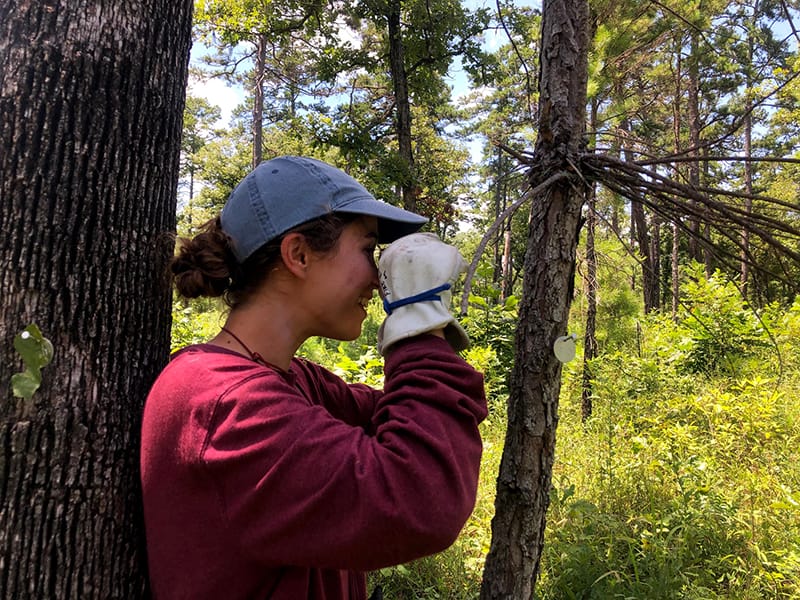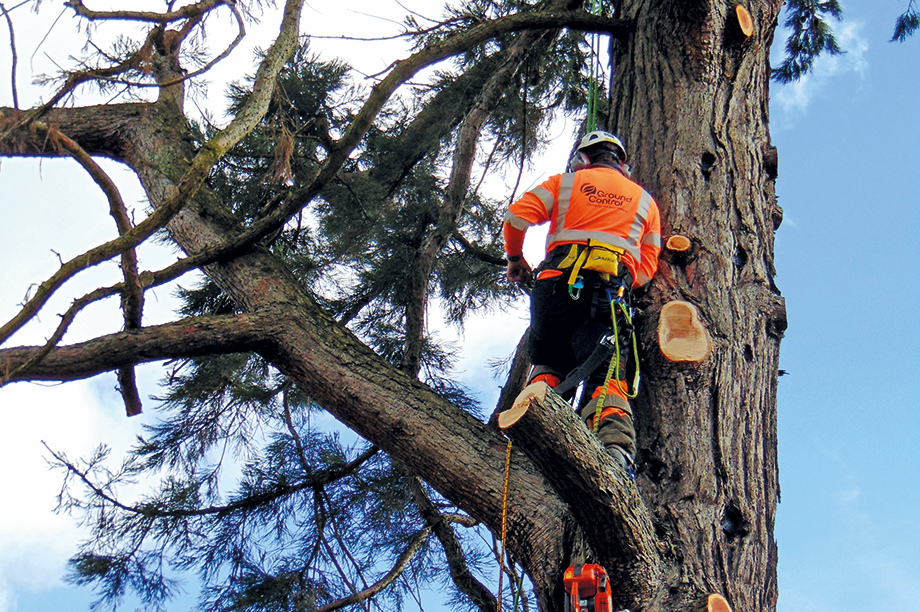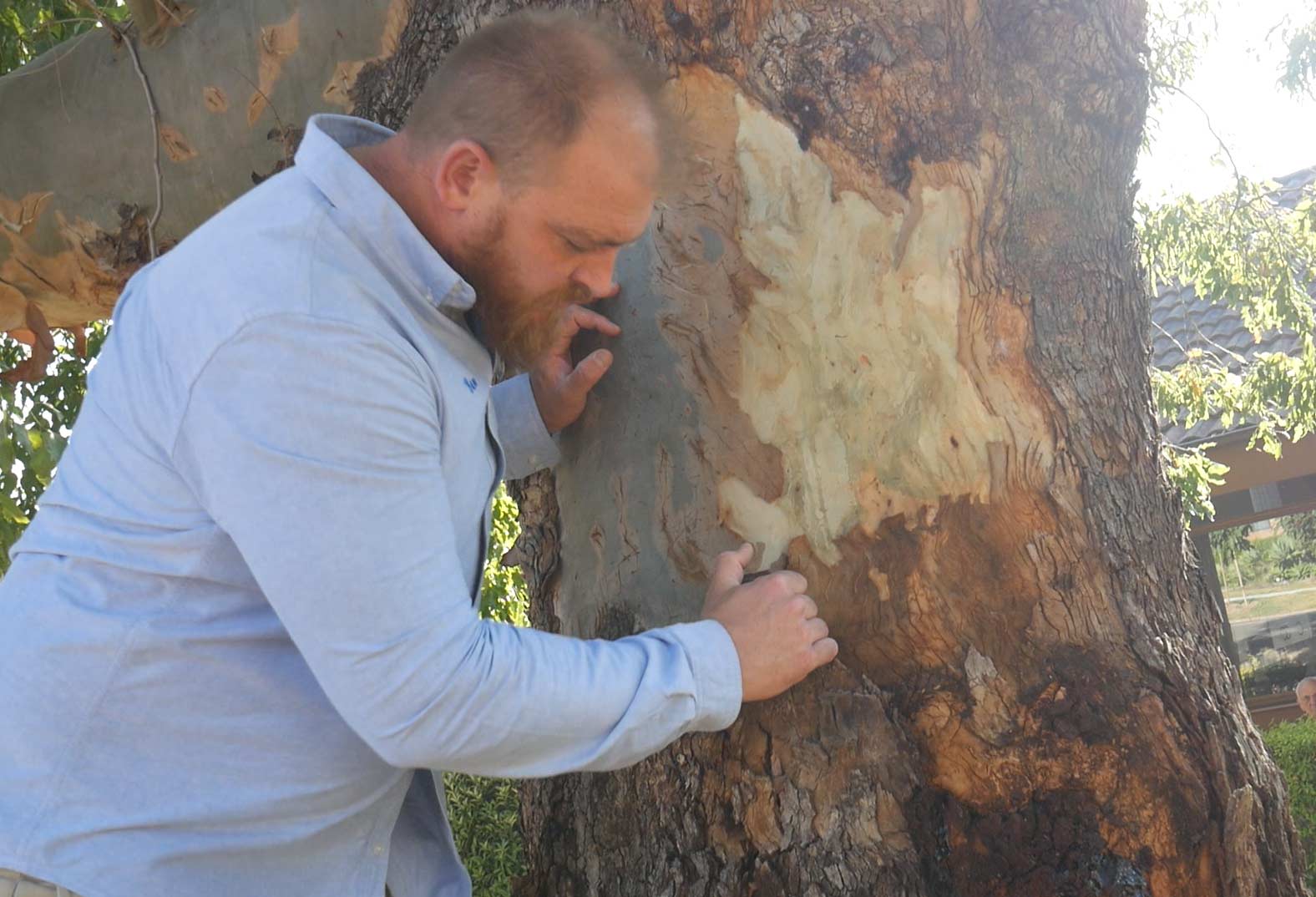Tree management and conservation is an important factor in protecting and preserving our environment. Arborist reports play a vital role when it comes to the assessment of trees, for both safety purposes as well as conservation efforts.
This article aims to provide a comprehensive overview on the various aspects involved in understanding the role of arborist reports in tree management and conservation. It will discuss how such reports can be used to inform decisions regarding tree health, risk assessment, pruning methods, pest control strategies, as well as offer insight into other relevant topics related to tree care.
The importance of these documents should not be overlooked; with their help we can ensure that our trees are cared for properly while also helping us protect future generations from potential harm caused by unhealthy or neglected trees.
What is the Role of an Arborist Report?

An arborist report is an important document used in tree management and conservation that provides detailed information about the condition of a tree. It outlines key characteristics such as species, age, size, health, stability and potential risk factors associated with the tree.
An arborist report also provides insight into how to best manage a tree for its long-term health and safety. The assessment provided by an arborist report can help inform decisions on whether or not a particular course of action should be taken when it comes to managing and conserving trees.
These reports can provide invaluable guidance when making decisions related to tree care including pruning, removal or protection from pests or disease. Furthermore, these reports may contain recommendations on how to protect against future damage caused by storms or other environmental hazards as well as suggest ways in which trees can be maintained for optimal growth over time.
Benefits of Tree Management and Conservation with Arborist Reports

Arborist reports are essential for tree management and conservation. They provide detailed information about the health and condition of trees, as well as potential risks associated with them.
This allows people to take proactive steps in preserving a trees life, rather than reacting after damage has been done. Arborists can also identify any pests or diseases that may be affecting the tree, which can help prevent further spread of harm.
Reports also include recommendations on how to properly care for trees in order to keep them healthy and strong. Additionally, arborist reports often come with follow-up advice on what corrective measures should be taken if there is an issue identified with a particular tree.
Ultimately, having an arborist report provides peace of mind knowing that your trees are being looked after by experienced professionals who understand their needs and have the right tools and knowledge to ensure their longevity.
The Process for Obtaining an Arborist Report

Obtaining an arborist report is a vital step in tree management and conservation. An experienced arborist can assess the health of trees, diagnose any issues they may have, and recommend solutions for their long-term care.
Here’s what you need to know about obtaining an arborist report: First, contact a professional arborist in your area who has experience with tree management and conservation. The right person will be able to provide advice on the best approach for your particular situation.
They should also be able to explain their fees and services before you agree to hire them.Once you have chosen an appropriate specialist, they will conduct an inspection of your trees.
This usually involves looking at things like soil condition, canopy shape/health, pest infestations or decay organisms present in the trunk or branches of the tree(s). Based on what they see during this inspection process, they’ll be able to make recommendations as far as pruning techniques or other treatments that could help improve overall tree health and longevity.
The arborist will then create a written report detailing their findings from the inspection along with suggested strategies for addressing any issues noted during it. This document should include photographs taken at different points throughout the assessment so that there is evidence of any damage found or suggestions made by the expert witness (the Arborist).
It is important that these reports are both comprehensive and accurate; otherwise they wont serve as useful legal documents if needed later down the line! Finally, follow up with your arborist regularly after receiving their report – ideally every six months – just to ensure all recommended treatments are being carried out accordingly and no new problems arise which weren’t addressed initially but require attention now (keeping in mind seasonal changes too!). Doing so can help safeguard against future costly repairs due to neglected maintenance needs!
Conclusion
The importance of arborist reports in tree management and conservation cannot be overstated. With the help of an arborist, property owners can gain a better understanding of their trees health and value while finding ways to maintain or improve them.
By providing detailed information about the condition, needs, and potential risks associated with certain trees, arborist reports are essential to helping individuals make informed decisions when it comes to caring for their trees. In addition, these reports can also provide insight into how best to conserve existing green spaces as well as identifying strategies for creating new ones.
Ultimately, utilizing an arborist report is one of the most effective ways for property owners to ensure that their trees remain healthy and aesthetically pleasing for years to come.


